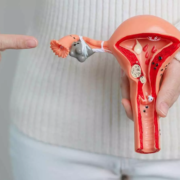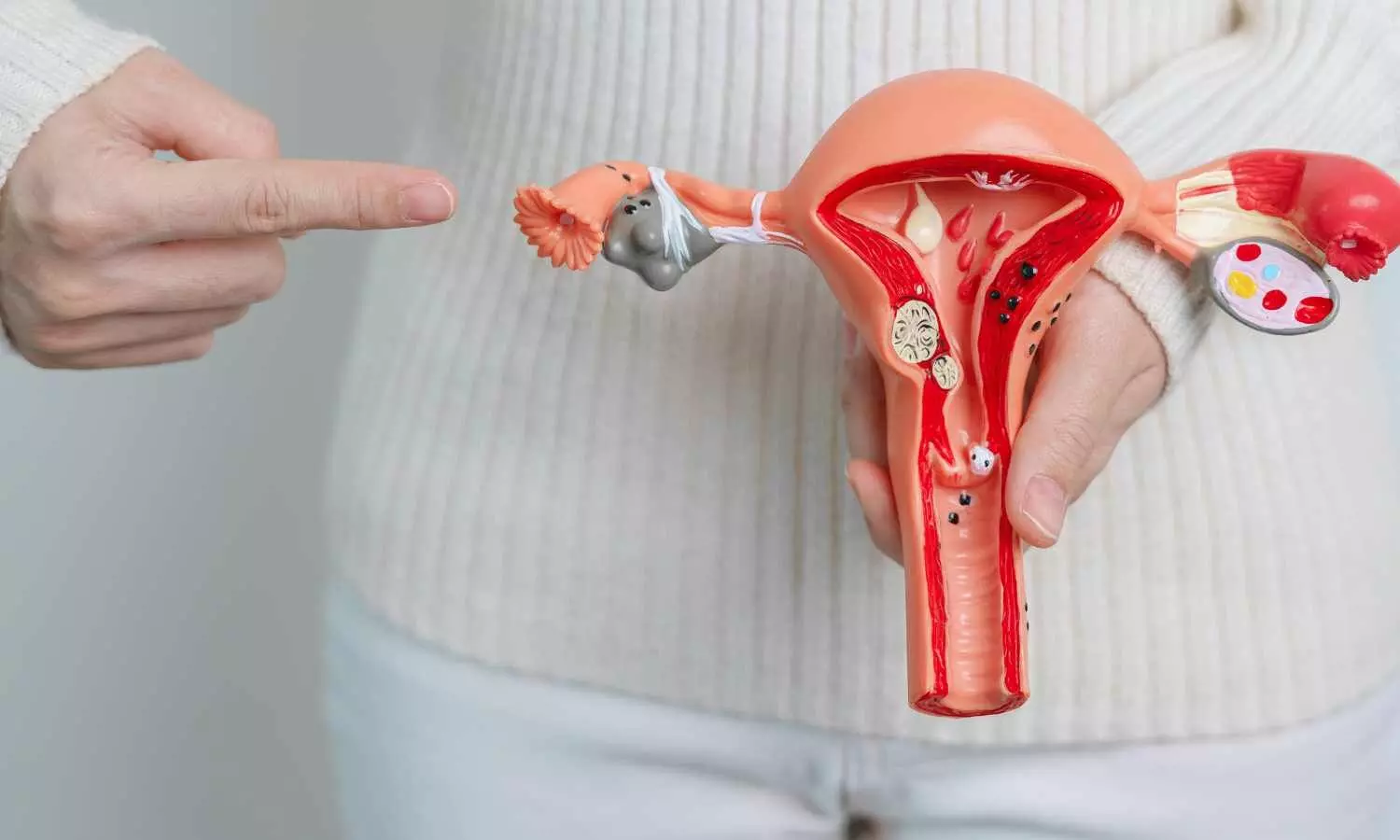Self-Monitoring of BP in Pregnancy Care may empower expectant mothers to advocate for their care, finds study

The rapid spread of COVID-19 prompted a quicker adoption of telemedicine, particularly in maternity care, with a focus on self-monitoring blood pressure during pregnancy as a potential vital aspect of healthcare post-pandemic. The BUMP trials investigated the effectiveness of adding self-monitoring blood pressure to routine care to see if it enhanced identifying or managing hypertension in expectant individuals at risk of or experiencing hypertension during pregnancy. Recent study evaluated the experiences of using self-monitoring of blood pressure (BP) during pregnancy as part of the BUMP trials. The trials aimed to determine if self-monitoring of BP improved detection or control of hypertension in pregnant individuals at risk or with hypertension.
Qualitative Process Evaluation
The qualitative process evaluation involved 39 in-depth interviews with participants in the intervention arm of the trials, 8 who declined participation, and 11 from the usual care arm. The findings show that self-monitoring of BP was generally acceptable, convenient, and reassuring for most participants. It allowed them to develop a better understanding of their BP patterns and factors that influenced it, empowering them to advocate for their care. Some declined participation due to concerns about becoming preoccupied or anxious.
Impact of Intervention
The intervention did not lead to earlier clinic-based detection of hypertension or improved BP control. This may have been impacted by participants selectively or delaying reporting of raised readings, and repeatedly testing to obtain normal readings. Interestingly, many in the usual care arm also self-monitored independently.
Healthcare Professionals’ Engagement
Healthcare professionals’ engagement with participants’ self-monitored readings varied. While some incorporated the data into collaborative decision-making, others dismissed or did not trust the readings, particularly when clinic and home readings differed. This highlighted the need for clearer guidance on interpreting variation in readings and managing discrepancies between self-monitored and clinic readings.
Findings and Considerations
The findings emphasize the potential value of self-monitoring in maternity care, but also the challenges around responsibility, ambiguity, and integration with clinical practice. As maternity services consider the role of remote monitoring post-pandemic, attention is needed to ensure self-monitoring is implemented equitably and with appropriate support, rather than inadvertently increasing burden on pregnant individuals.
Key Points
1. The study evaluated the experiences of using self-monitoring of blood pressure (BP) during pregnancy as part of the BUMP trials, which aimed to determine if self-monitoring of BP improved detection or control of hypertension in pregnant individuals at risk or with hypertension.
2. The qualitative process evaluation found that self-monitoring of BP was generally acceptable, convenient, and reassuring for most participants, allowing them to better understand their BP patterns and factors that influenced it, and empower them to advocate for their care. However, some declined participation due to concerns about becoming preoccupied or anxious.
3. The intervention did not lead to earlier clinic-based detection of hypertension or improved BP control, potentially due to participants selectively or delaying reporting of raised readings, and repeatedly testing to obtain normal readings. Interestingly, many in the usual care arm also self-monitored independently.
4. Healthcare professionals’ engagement with participants’ self-monitored readings varied, with some incorporating the data into collaborative decision-making, while others dismissed or did not trust the readings, particularly when clinic and home readings differed, highlighting the need for clearer guidance on interpreting variation in readings and managing discrepancies.
5. The findings emphasize the potential value of self-monitoring in maternity care, but also the challenges around responsibility, ambiguity, and integration with clinical practice.
6. As maternity services consider the role of remote monitoring post-pandemic, attention is needed to ensure self-monitoring is implemented equitably and with appropriate support, rather than inadvertently increasing burden on pregnant individuals.
Reference –
Chisholm A, Tucker KL, Crawford C, Green M, Greenfield S, Hodgkinson J, Lavallee L, Leeson P, Mackillop L, McCourt C, Sandall J, Wilson H, Chappell LC, McManus RJ, Hinton L. Self-monitoring blood pressure in pregnancy: evaluation of women’s experiences of the BUMP trials. BMC Pregnancy Childbirth. 2024 Nov 28;24(1):800. doi: 10.1186/s12884-024-06972-4. PMID: 39604875; PMCID: PMC11603728.
Powered by WPeMatico





















